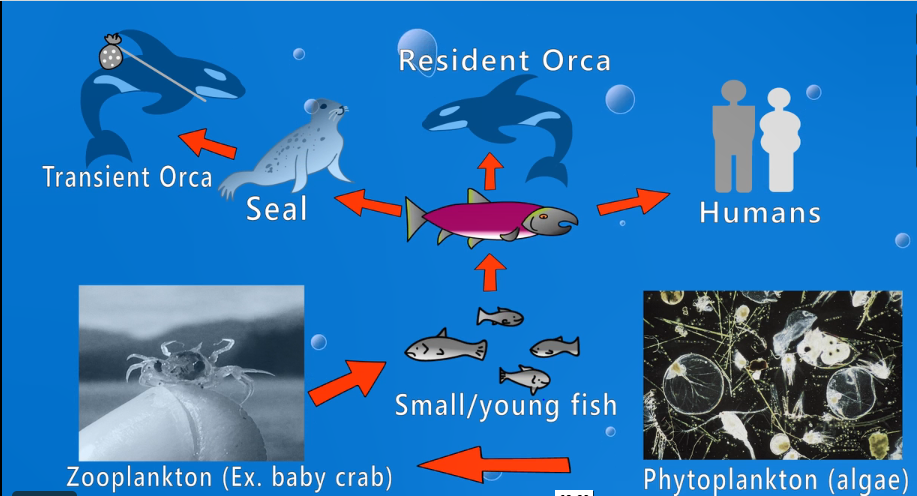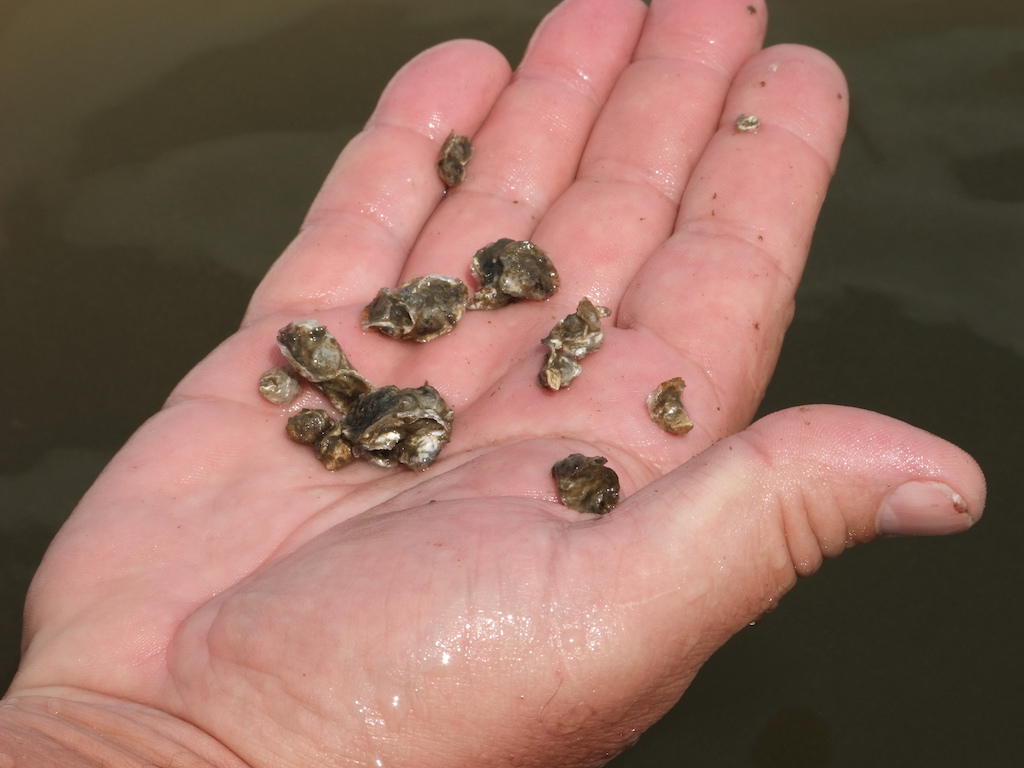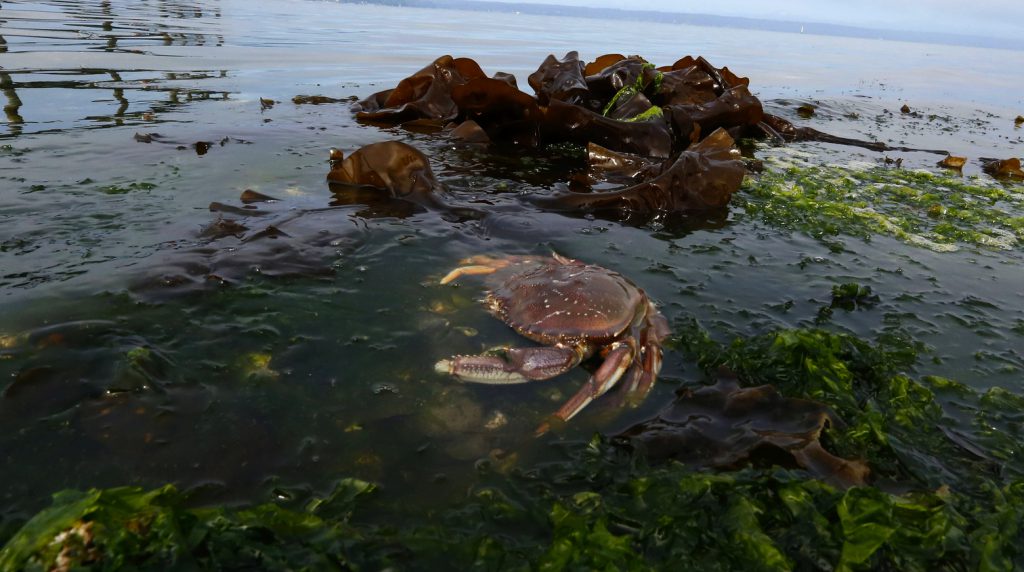Latest Science Updates to the 2012 WA State Blue Ribbon Panel Report
The Washington state governor’s appointed board, the Marine Resources Advisory Council, released its first update in five years to the state’s coordinated response to ocean acidification. In the five years since the Blue Ribbon Panel’s report, there have been significant scientific advances and progress made on the 42 recommended actions. The report highlights the new research that justifies more concerted efforts to combat ocean acidification. The report is publicly available [EasyDNNnewsLink|80].
Eleven NOAA and Washington Sea Grant scientists from the National Ocean Service, National Marine Fisheries Service and the Office of Oceanic and Atmospheric Research served on the Blue Ribbon “Refresh” Panel and contributed to the report.
Photo Credit: NW Straits Commission
Latest Science Updates to the 2012 WA State Blue Ribbon Panel Report Read More »






